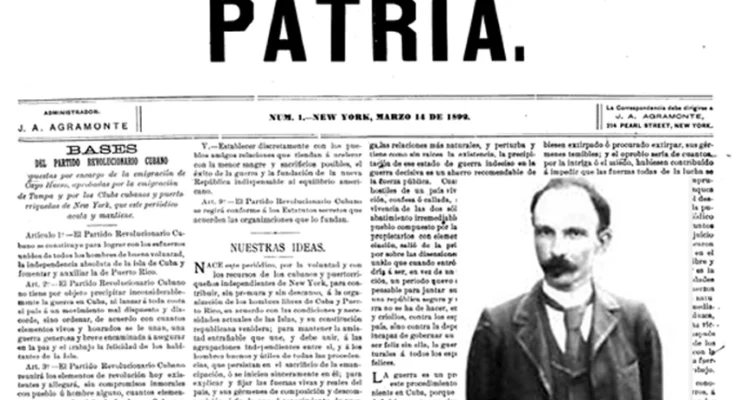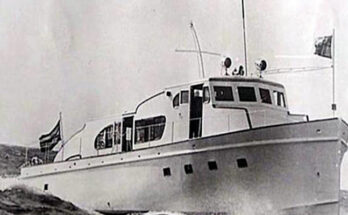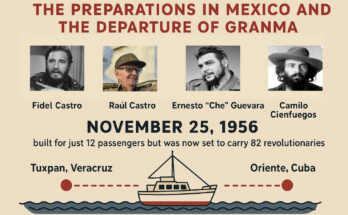When it comes to the Cuban press, the newspaper Patria makes an obligatory stop. Created under José Martí’s pen in 1892, precisely on March 14, this weekly paper is considered the official organ of the Cuban Revolutionary Party, and a fundamental tool for preparing the Necessary War.
Patria came into being with a very well-defined objective: to support, from an ideological point of view, the attempt for independence that was being gestated at that time. In addition to the analysis of the current political situation and notes on the war, in this newspaper Martí paid well-deserved homage to the patriots of the previous struggle, with the aim of keeping in the popular memory the past of Cuba and its protagonists.
These pages, published every Saturday, were intended to take one more step towards the union of all revolutionaries abroad, an idea also pursued by the Cuban Revolutionary Party, because for the Apostle, to unite was always the word of order and the journalistic work would not be left behind in this endeavor.
José Martí, at the time of its foundation, already had a vast experience as a journalist, since he had collaborated with numerous publications in different countries. However, it was not only his virtuosity as a writer that consolidated Patria as one of the most significant newspapers in our press until today, but all the work behind each new issue.
Patria, from the search for material resources to the depth of the content and the commitment to the truth, implied a considerable effort on the part of its main architect, who was also in charge of clandestinely delivering the copies to the island.
It was a representation and at the same time a defense of the national identity, especially in the section called “At home”, where Martí narrated the daily life of Cubans settled in the northern nation, in the form of social chronicles.
Over 100 years have passed since the appearance of the first issue of the Patria newspaper, on March 14, and this date is still chosen to celebrate the national press. It is no coincidence that this newspaper, born in an era very different from the one we live in today, continues to show us a possible way to successfully carry out the social task of journalists and the media, since Marti’s journalism was able to become a reference for the exercise of the profession in contexts of political tension and resistance. Patria’s footprints still precede us.
Written by Yadila Mesa Chacón, Journalism student.
Related article
March 13, 1957 advanced the path to victory in Cuba




